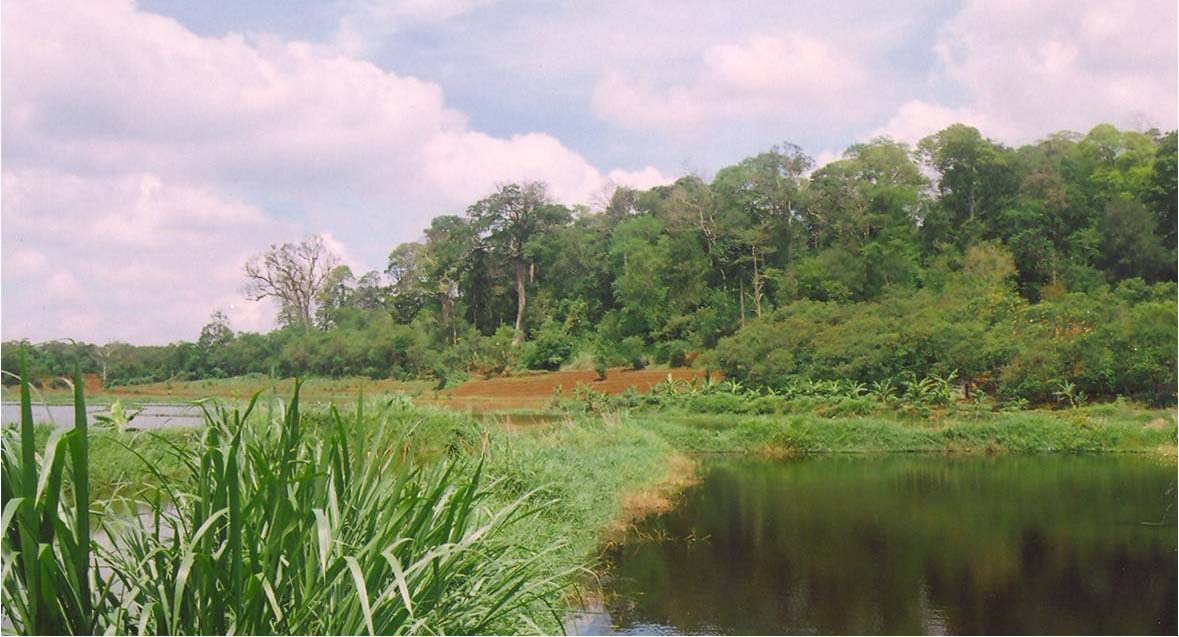



Price: Free
Phone: (0262) 3.858.358
Time to visit a place: 120 phút
Open Time: 7:00 AM - Close Time: 5:00 PM
Email: phongqldl@vhttdl.daklak.gov.vn
Address: buôn Mâp, Ea Pok ward, Cu M'gar district, Đắk Lắk privince
Ču H'lam Hill is located in Ea Pok commune, Cu M'gar district, 14 km north of Buon Ma Thuot city center.
The entire hill has an area of 18.96 ha, of which 15.65 ha is primeval forest, divided into 5 floors: the upper three floors are the tree layer, then the regenerated shrub layer and finally the grass layer. . Viewed from the north, Ču H'lam hill looks like a "giant upside down bowl" that lowers to the east. Looking down from above, the hill is shaped like a "truncated cone", in the middle is a valley with dense trees, the people in the area believe that this used to be the mouth of the remaining volcano. until today. On sunny and hot days around the hills, the air is still cool and fresh, that's why Tu H'lam is likened to an "air conditioner" that nature bestows on humans.
Tu H'lam Hill is considered a sacred hill, around it are stories and legends to explain the name Č H'lam.
The story goes that: A long time ago, on the east side of the hill, there was a merchant of Ede people living. In the village, there are two cousins named Niê named Y Din and H'Hoan who love each other. According to the customary law of the Ede, brothers and sisters cannot marry, because it is incest, an unforgivable sin, whoever violates it will be arrested by the village. The two people were punished by the village, had to eat rice in a pig trough, worship Yang (heaven) a white pig… But strangely, when the village elder was doing the worshiping ceremony, suddenly the pig was placed on the table. wake up and run. Wherever the pig ran, the village gradually collapsed, becoming the marshy area located to the east at the foot of the hill today. In order to remind future descendants not to make mistakes, leading to disaster for the village, the new settlers named the village and the hill Ču H'lam (meaning hill and hill). trafficker has a girl guilty of incest). Since then, when walking on the hill, whoever accidentally mentions the names of two brothers, Y Din and H'Hoan, naturally doesn't know the way back, and no one dares to cut down trees on the mountain, because they keep cutting back to build houses. the house will catch on fire. Especially in the valley in the middle of the hill, sometimes there are "lucky" people to see that there is a stream of water flowing like a stream, around which edible mon trees are grown... Just like that, the story is passed on orally, so the forest is still alive. fairly well preserved.
There is another story that says: In a village located to the east of the present-day Du H'lam hill, there were two brothers with the same last name Niê in love with each other. According to the customary law of the Ede, those with the same last name (mother's surname) getting married will be considered incest, not only contrary to morality, but also causing disasters such as drought, crop failure, epidemics... Offenders will be tried according to custom and suffer many severe punishments such as: handing over to the village a white buffalo, two bronze bowls to worship the land (Tuh rolling). After offering, the celebrant (Po rolling) pricks the blood at the tip of the offender's index finger, gives them a drink, then forces the two to go down to the stream to bathe and eat rice in a pig trough to erase their sins.
The two brothers did not carry out the punishment, they wanted to abolish the contrary customary law. The boy left the village, and the girl went up on the hill every day to cry, pray, and wait for the boy to return. Day after day, her tears seeped into the ground, sinking an area of the hill to create the valley like today, her whole body also dissolved into the water and was buried in the ground. The village where she and her lover used to live also collapsed deep into the ground, creating a lagoon. After a while, the young man returned to the old place and did not see the village and his lover. He then dropped a dry gourd and prayed that wherever the gourd drifted in would be where the girl lived, then he followed the floating gourd, to the hill where the gourd stopped naturally. He went up the hill to look but did not find the girl, but only saw a deep valley, below there was a clear stream flowing, faintly fragrant, the sound of the stream flowing like the crying of a girl. Since then, the young man has died day by day because he missed his lover. Later people named the hill u H'lam (the hill where the girl was buried, or the hill of incest) and said that it was the stream that sometimes appeared on the hill that proved the loyalty. , in the white of the girl. Since then, they have not cut down the trees here anymore because the girl's soul has resided on the hill, becoming the queen of the forest, whenever anyone has a problem, they go up the hill to pray, they will feel like a blessing. more relaxed, more peaceful. Therefore, the primeval forest on the hill is preserved intact and the legend is still handed down to this day.
About 02 km from Ču H'lam hill is Ea Sut village - the village of comrade Y Ngong Nie Kdam, an excellent son of the Ede ethnic group. Throughout his life, he followed the Party and followed Uncle Ho in revolution, from the days of the August uprising in 1945 to the 30-year long battle of resistance against the French colonialists and the American imperialists, reunifying the country, advancing towards building a democratic state. social meaning. Experiencing many different working positions, with any task, he always brings enthusiasm and responsibility to fulfill the task: from Chairman of Dak Lak Provincial People's Committee to Secretary of Dak Lak Provincial Party Committee; Member of the Standing Committee of the National Assembly, Member of the State Council, Chairman of the National Assembly's Ethnic Council, Director of the Central School of Ethnic Minorities, Rector of Central Highlands University, regardless of position, Mr. They are all dedicated, wholeheartedly, wholeheartedly serving the revolutionary cause of the Party and the people, worthy of being the outstanding son of the heroic Central Highlands.
On September 23, 2009, Doi H'lam was classified as a provincial-level scenic relic by the People's Committee of Dak Lak province.
Some pictures of the Monument






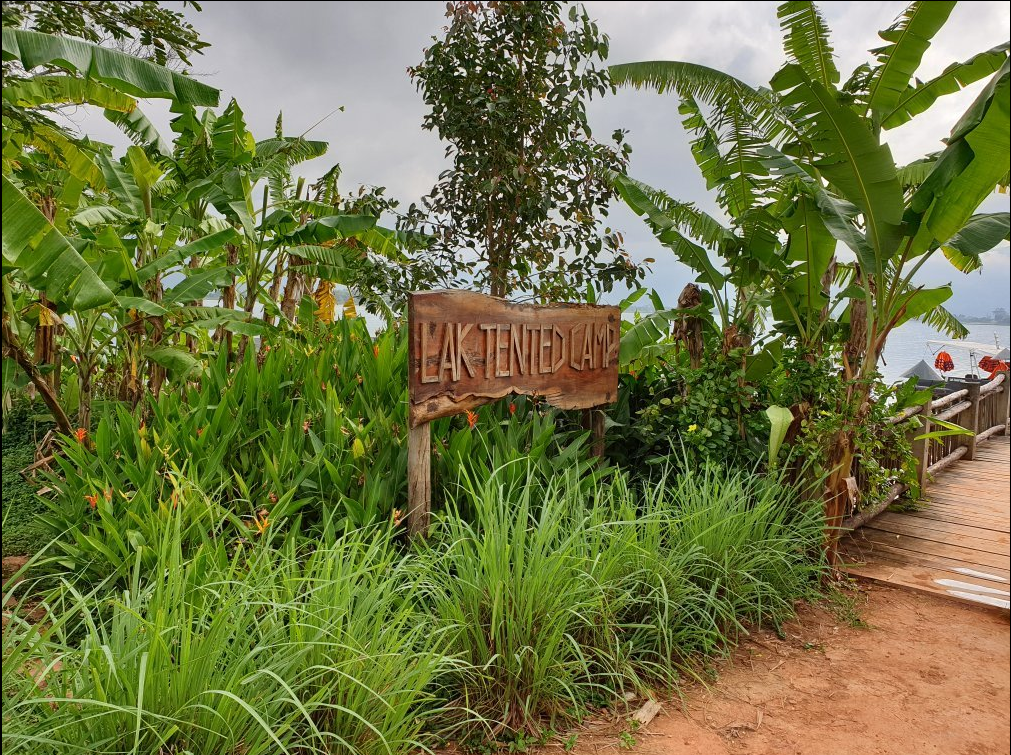


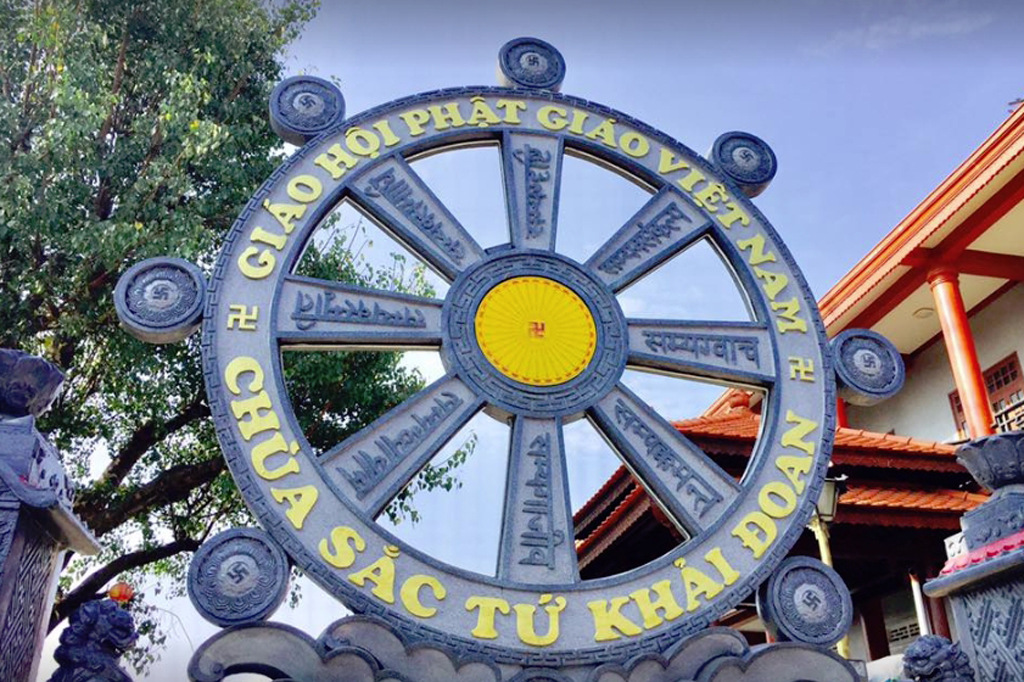

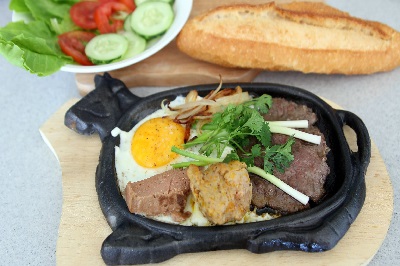
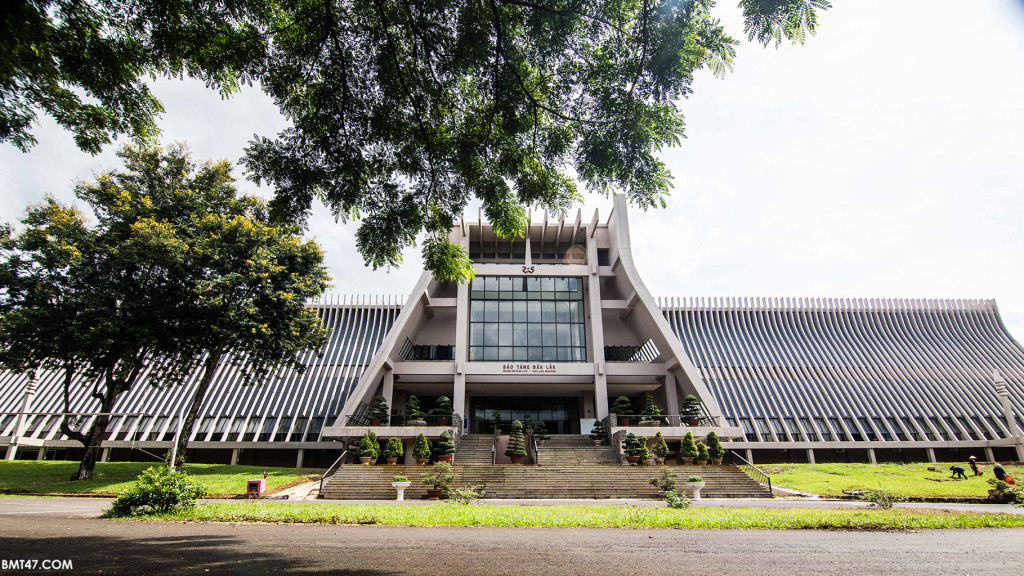
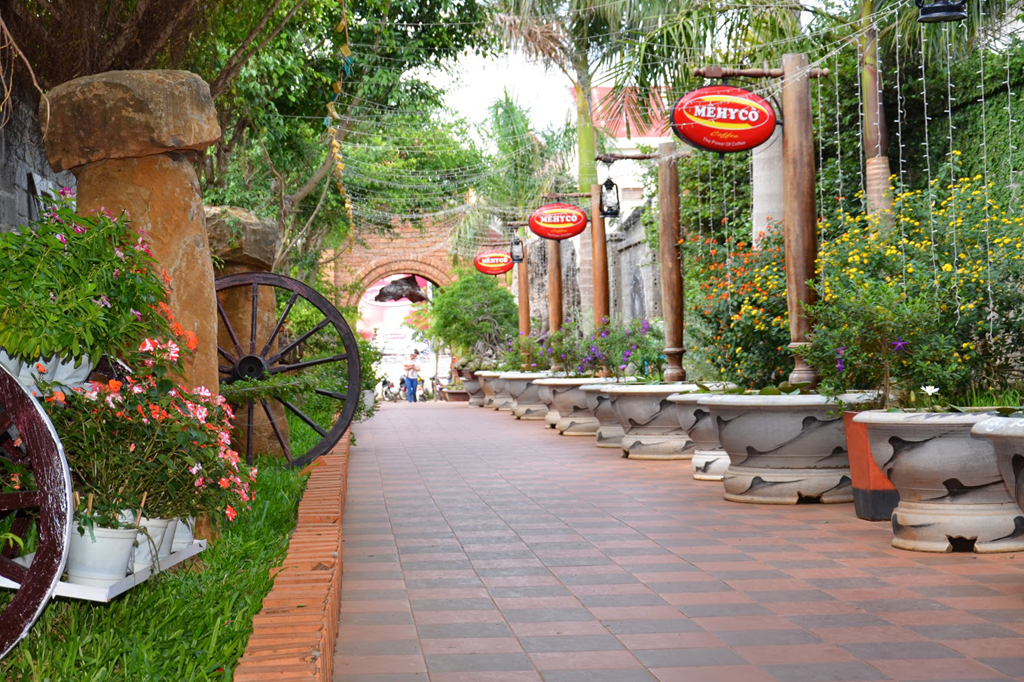
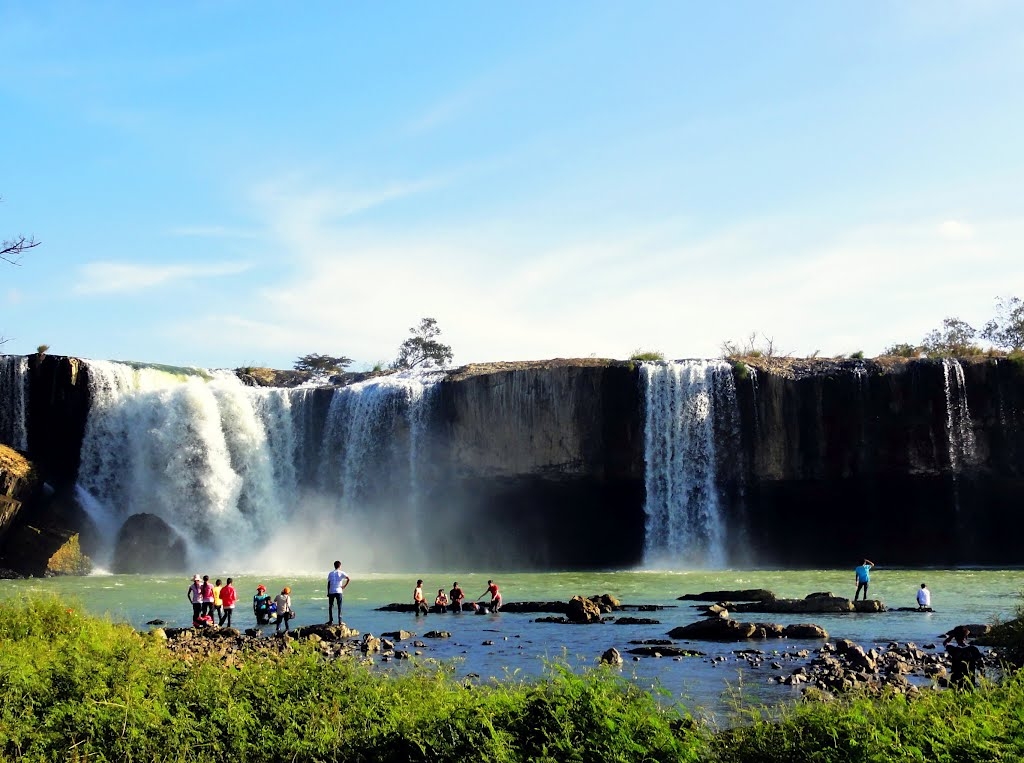

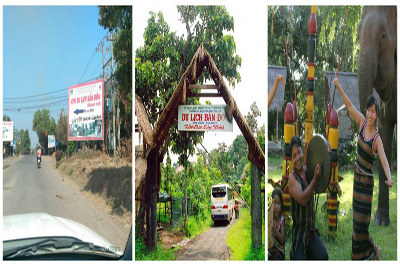
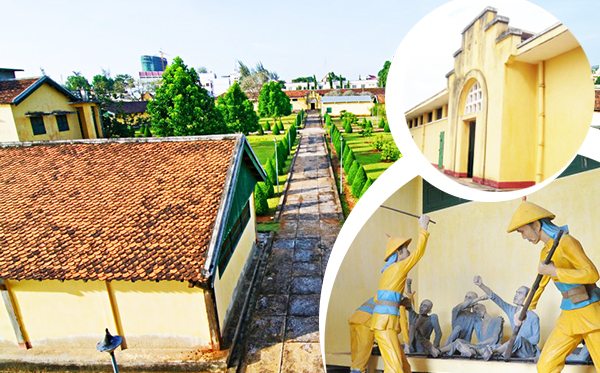


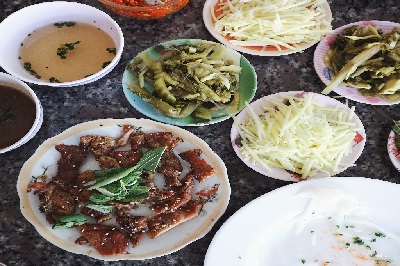

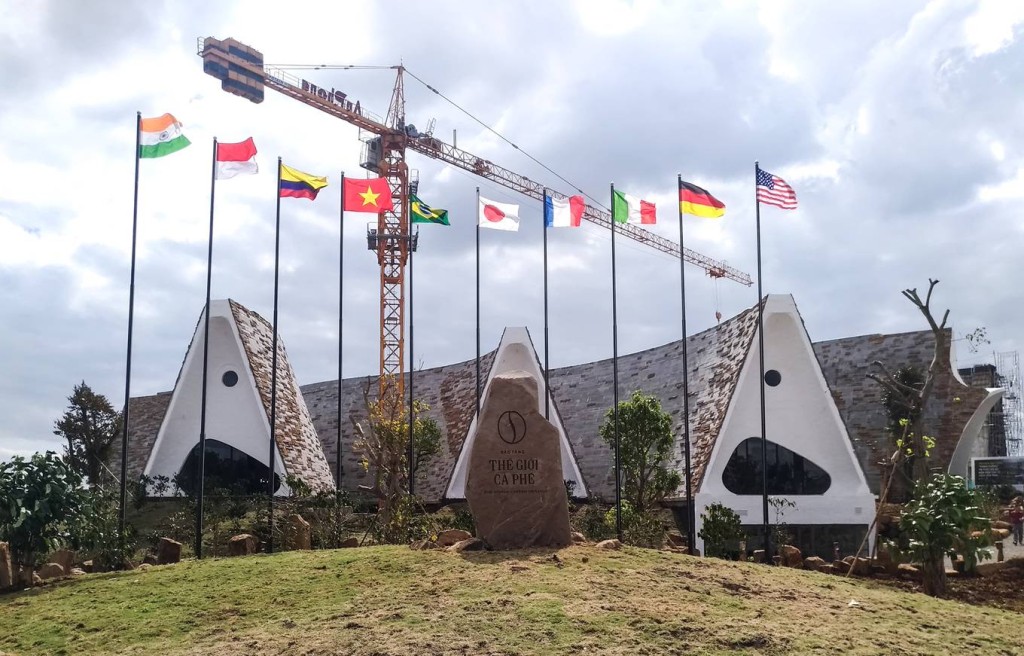
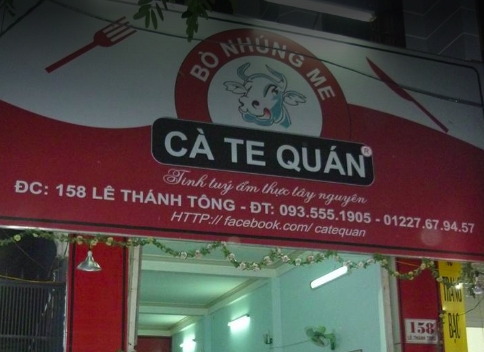



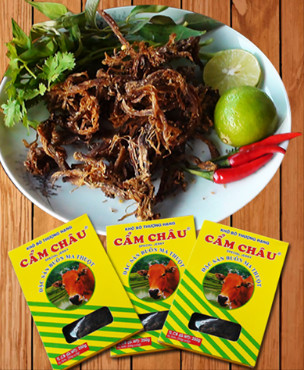

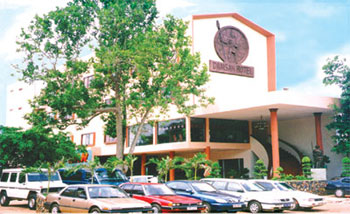
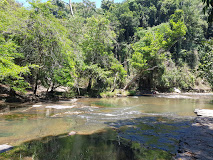
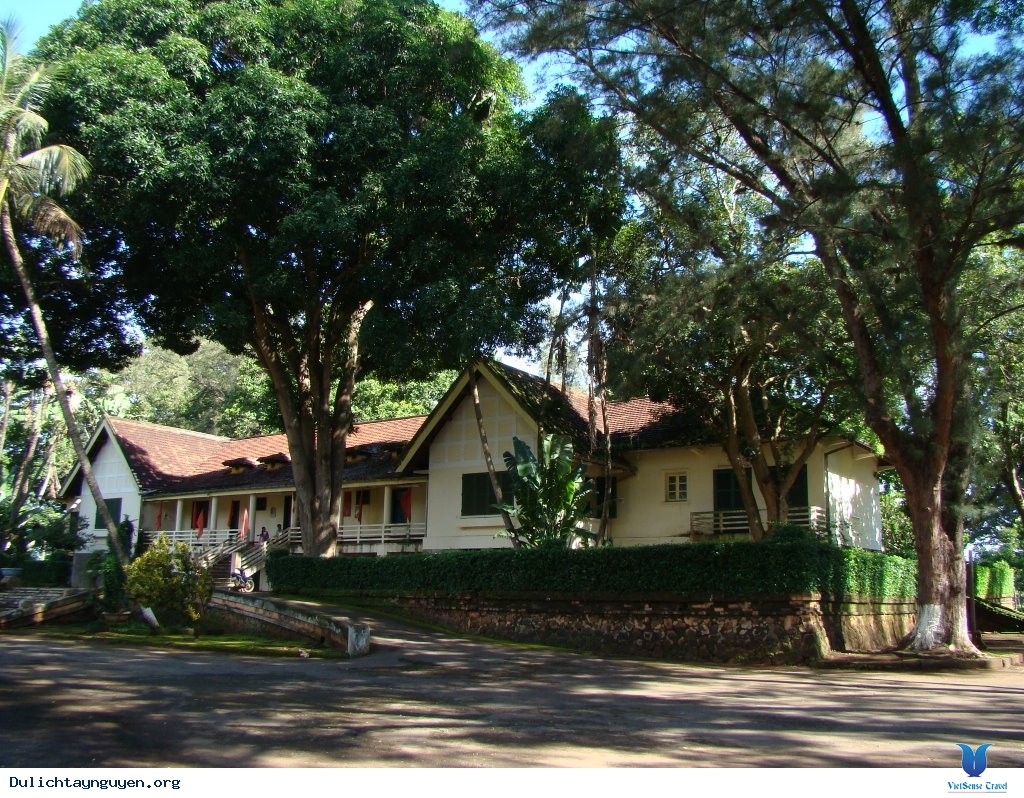


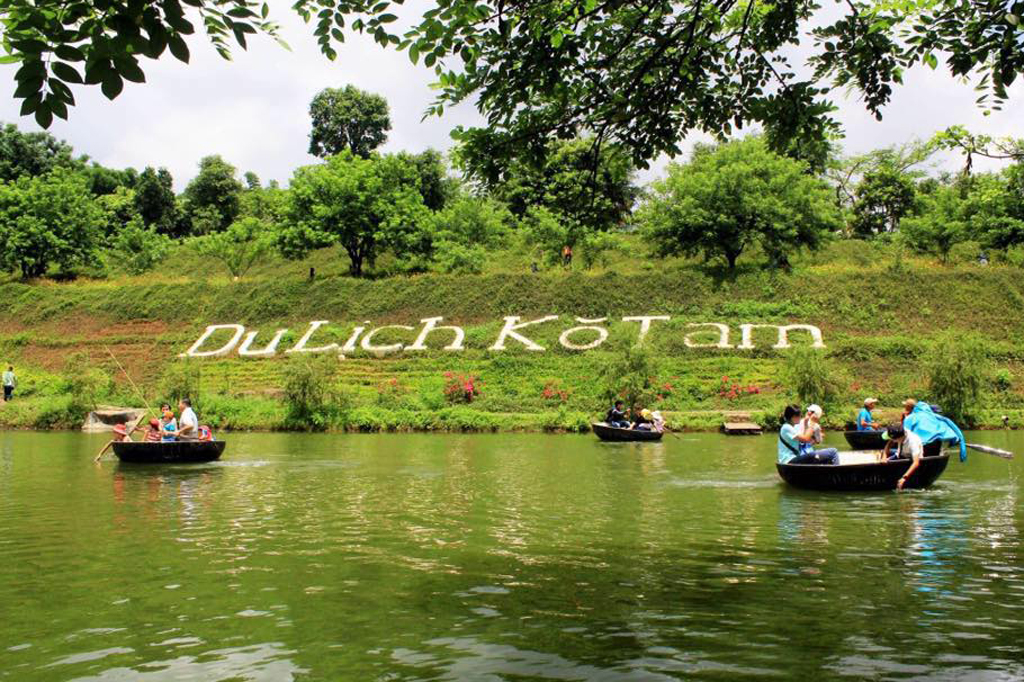
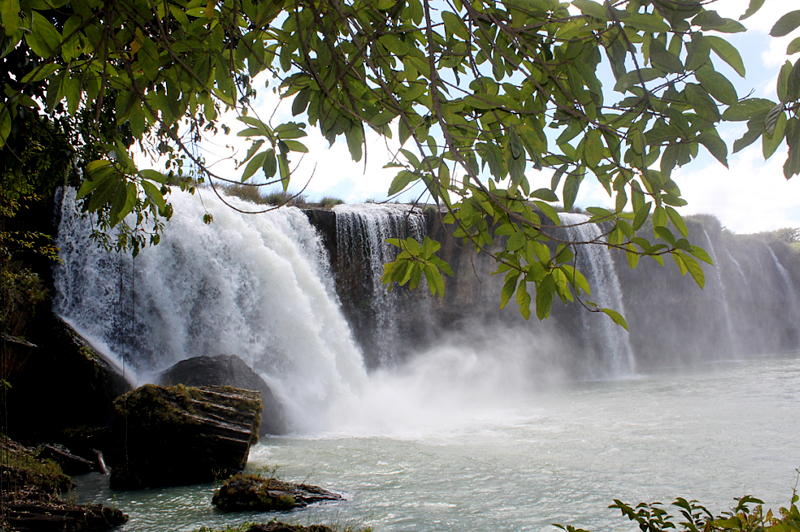



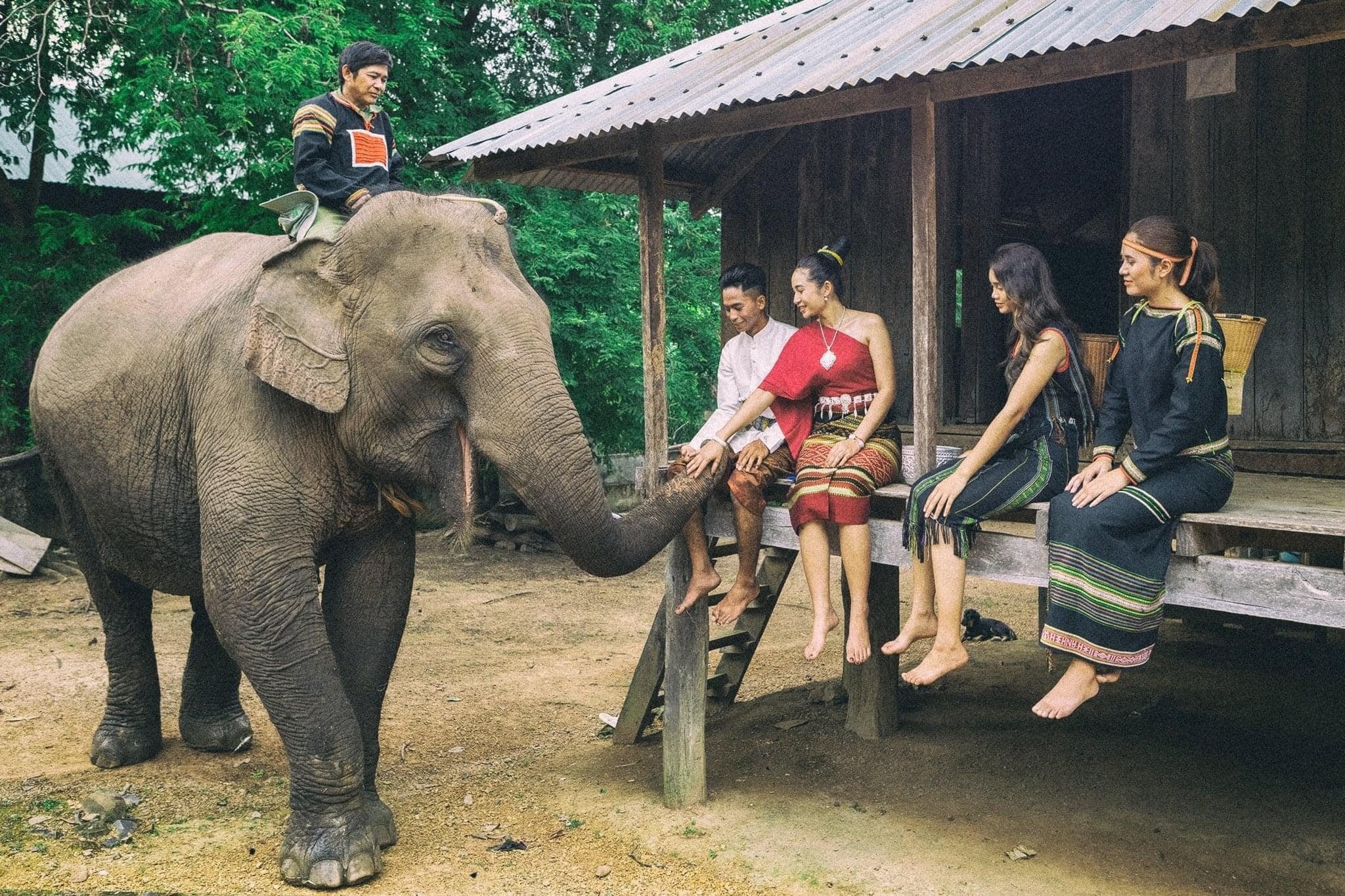





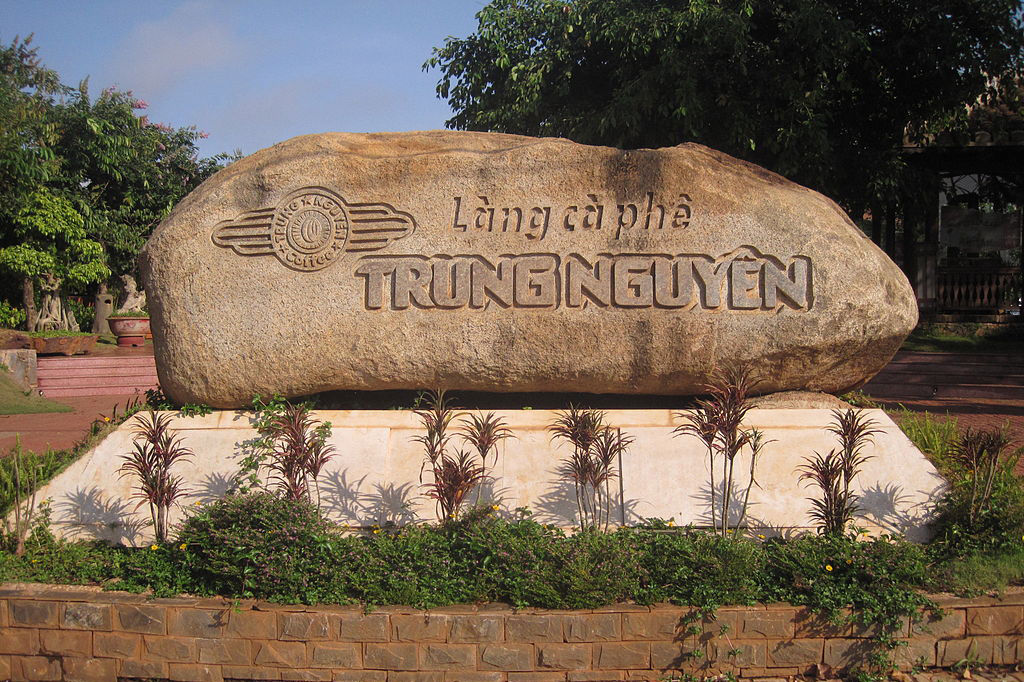






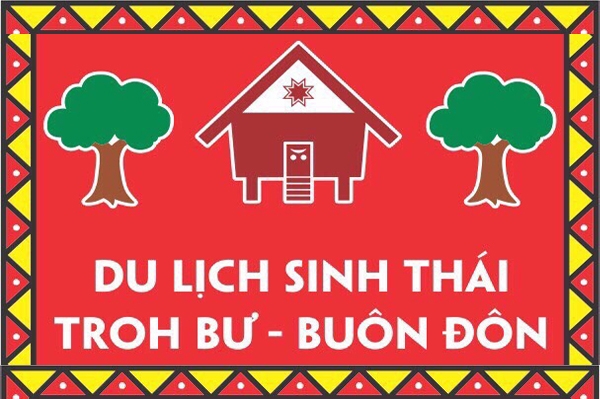
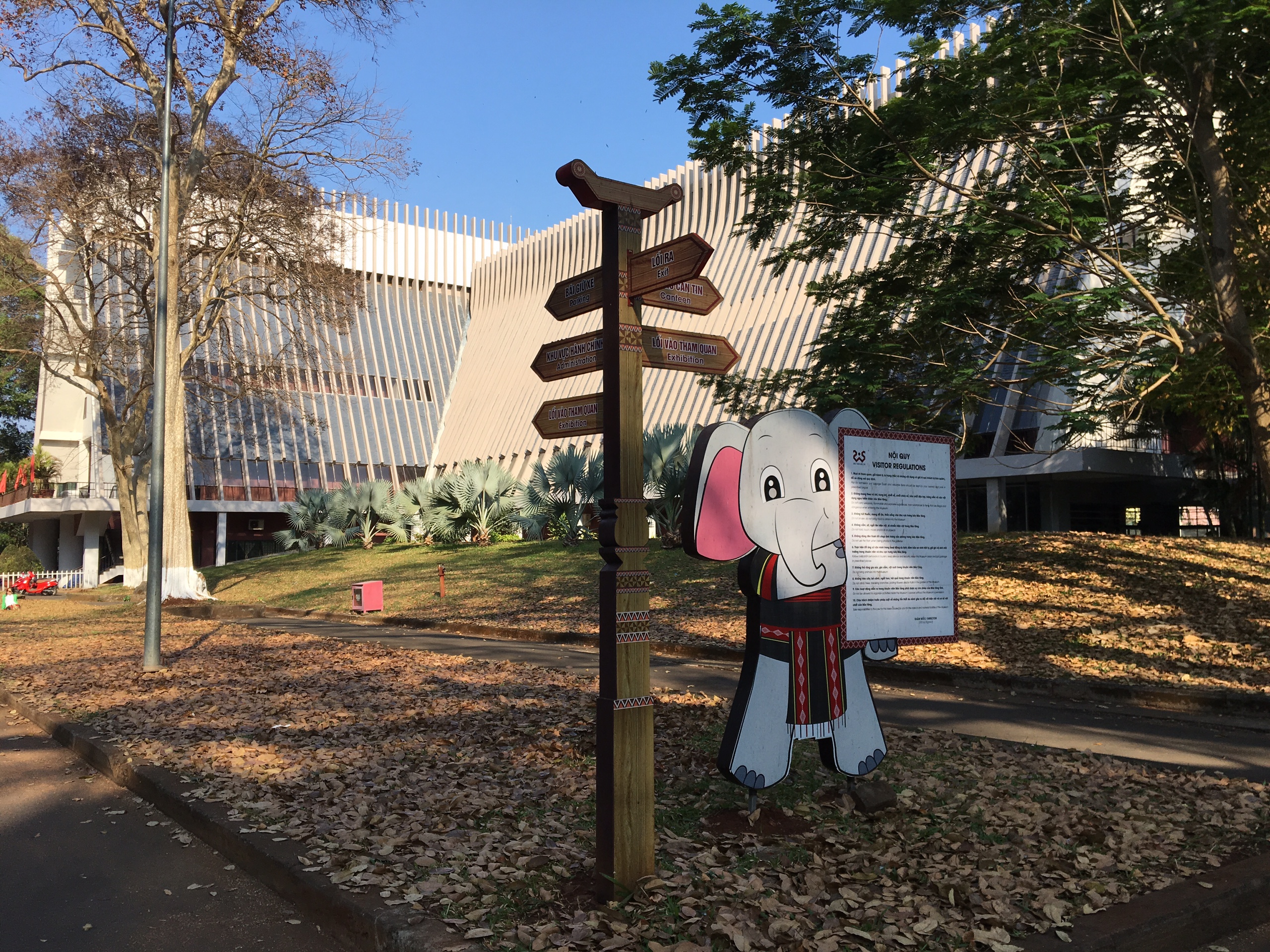
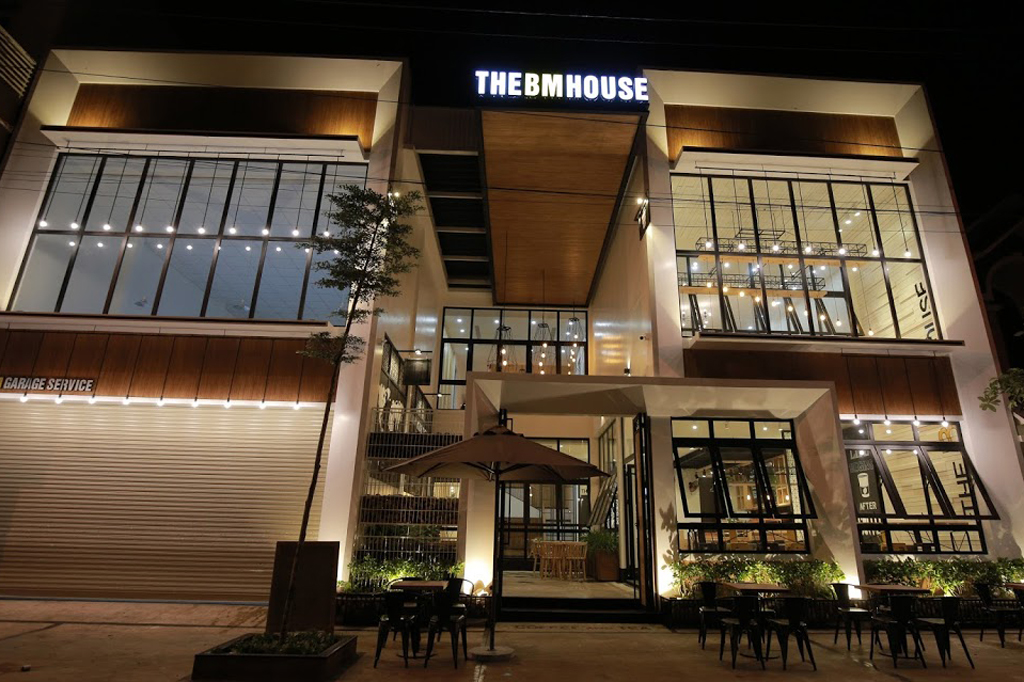




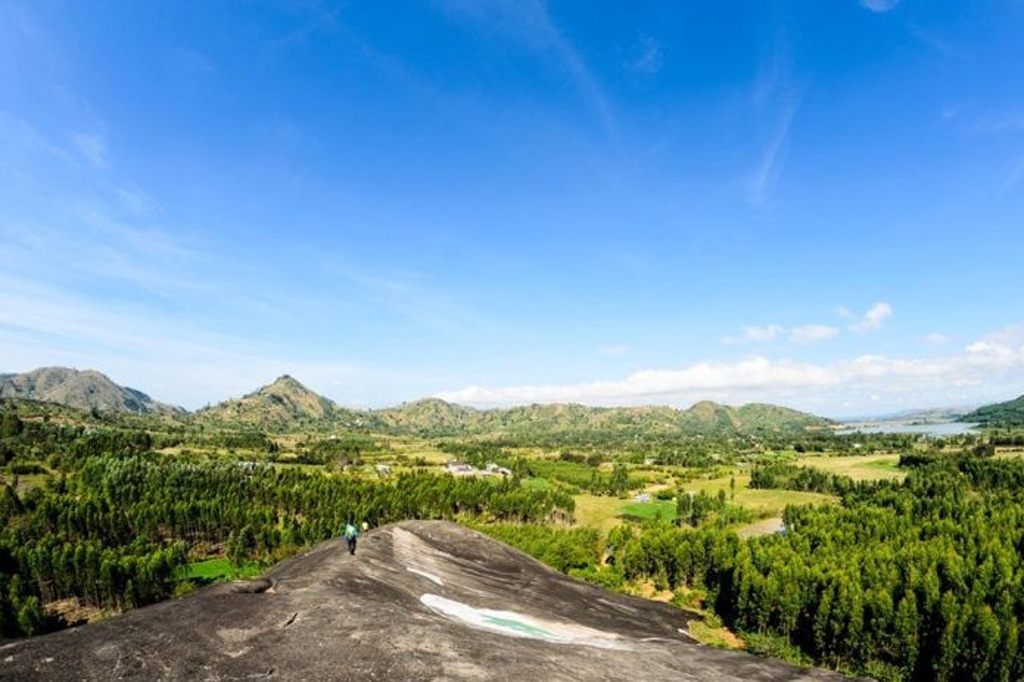
Distance: 1.48 km
Distance: 2.23 km
Distance: 3.88 km
Distance: 3.88 km
Distance: 4.41 km
Distance: 5.49 km
Distance: 8.29 km
Distance: 8.47 km
Distance: 9.57 km
Distance: 9.80 km
Distance: 9.99 km
Distance: 10.03 km
Distance: 10.07 km
Distance: 10.11 km
Distance: 7.73 km
Distance: 9.38 km
Distance: 10.36 km
Distance: 10.42 km
Distance: 10.50 km
Distance: 10.57 km
Distance: 11.30 km
Distance: 11.34 km
Distance: 0 m
Distance: 10.21 km
Distance: 10.75 km
Distance: 10.95 km
Distance: 11.20 km
Distance: 11.27 km
Distance: 11.72 km
Distance: 12.07 km
Distance: 12.30 km
Distance: 12.44 km
Distance: 12.69 km
Distance: 12.69 km
Distance: 12.69 km
Distance: 12.69 km
Distance: 10.55 km


